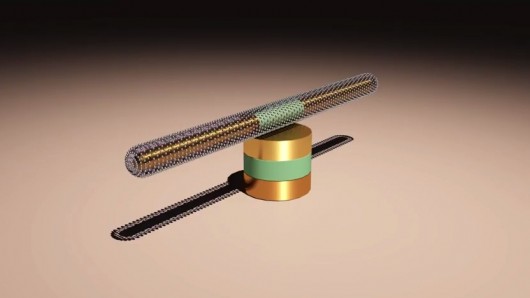
Nanomotors are power devices that translate energy into movement, enabling further mechanical and electronic development with all aspects of Nanoelectromechanical Systems (NEMS) technology. A skilled group of researchers at the Cockrell School of Engineering at the University of Texas have developed a system of advanced miniature nanomotor technology.
This nanomotor has record-breaking speeds, spinning at 18,000 RPMs per minute for a maximum time of 15 hours. Lesser-functioning nanomotors in the past have only stayed mobile for some meager minutes. The tiny nanomotor was first created when the team built prototypes from nanoscale building blocks. The motor itself is composed of various nano particles, encompassing a nanowire as a rotor, several arrangements of nanomagnets for bearings, and quadrupole microelectrodes as stators. All nanomotors developed with this technology can be rotated with controlled angles and can sense the presence of electrical fields.
Project leader Dr. Donglei (Emma) Fan led her team through research that involved analytical modeling in order to draw conclusions about how nanoscale electrical, magnetic, and mechanical relations could affect nanomotor tech. The team found that this technology would be beneficial when studying future applications for NEMS devices. All nanowires implemented in this system allowed biomolecules to be released while the biochemical nanoparticles were manipulated to enable rotation of 150 nanometers.
Under the technological title of “Ultrahigh-Speed Rotating Nanoelectromechanical System,” this system will be able to assist individuals suffering from maladies like cancer. Other applications could expand to include research on microfluidics, nanomedicine, and lab technology.
In terms of size, this device is 500 times smaller than a grain of sand, further expanding its possibilities in the medical world to one day enter cells and provide recovery for patients.
Story via ARXIV
Advertisement





